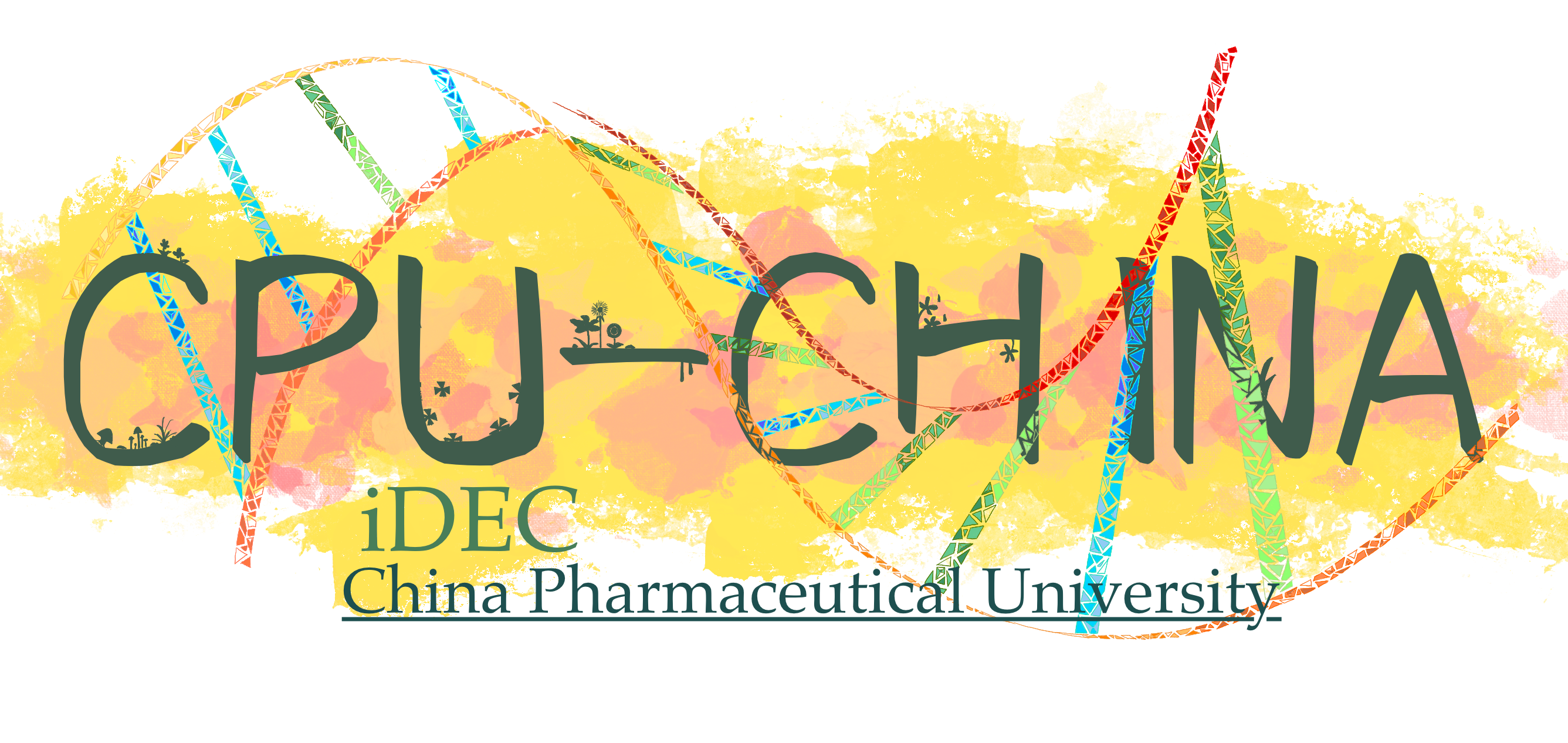
As an industry concerned with people's livelihood, the chemical and pharmaceutical industry is still in a period of rapid development and continues to contribute to the improvement of social health. However, at the same time, we cannot ignore the environmental impacts caused by pharmaceutical companies during their operations. Over the past decade, the chemical and related industries, especially the pharmaceutical industry, have faced serious environmental problems. Many traditional synthesis methods, while versatile, generate large amounts of waste, which puts increasing pressure on the chemical sector, and efforts must be made to reduce or optimize waste disposal processes.
Modern developments in chemistry and medicine require more accurate and efficient design of organic reactions. With the rise of artificial intelligence in computational chemistry, the natural sciences are more closely integrated with computers. In chemistry, the traditional approach based on experiments and physical models is gradually merging with the data-based machine learning paradigm. More and more data representations for computer processing have been developed and are constantly adapted to generative-based statistical models.
The rapid development of computer technology has given us the amazing ability to transform enzymes. Suitable mathematical models and optimization algorithms allow us to find optimal solutions in the huge space of enzyme sequences. Artificial enzyme design models biocatalytic reactions on computers, uses the powerful computational ability of computers to quickly search the huge protein sequence space, and obtains the optimal amino acid sequence by solving the optimization problem, thus making the enzyme a link in the chemical-pharmaceutical industry and realizing green production.